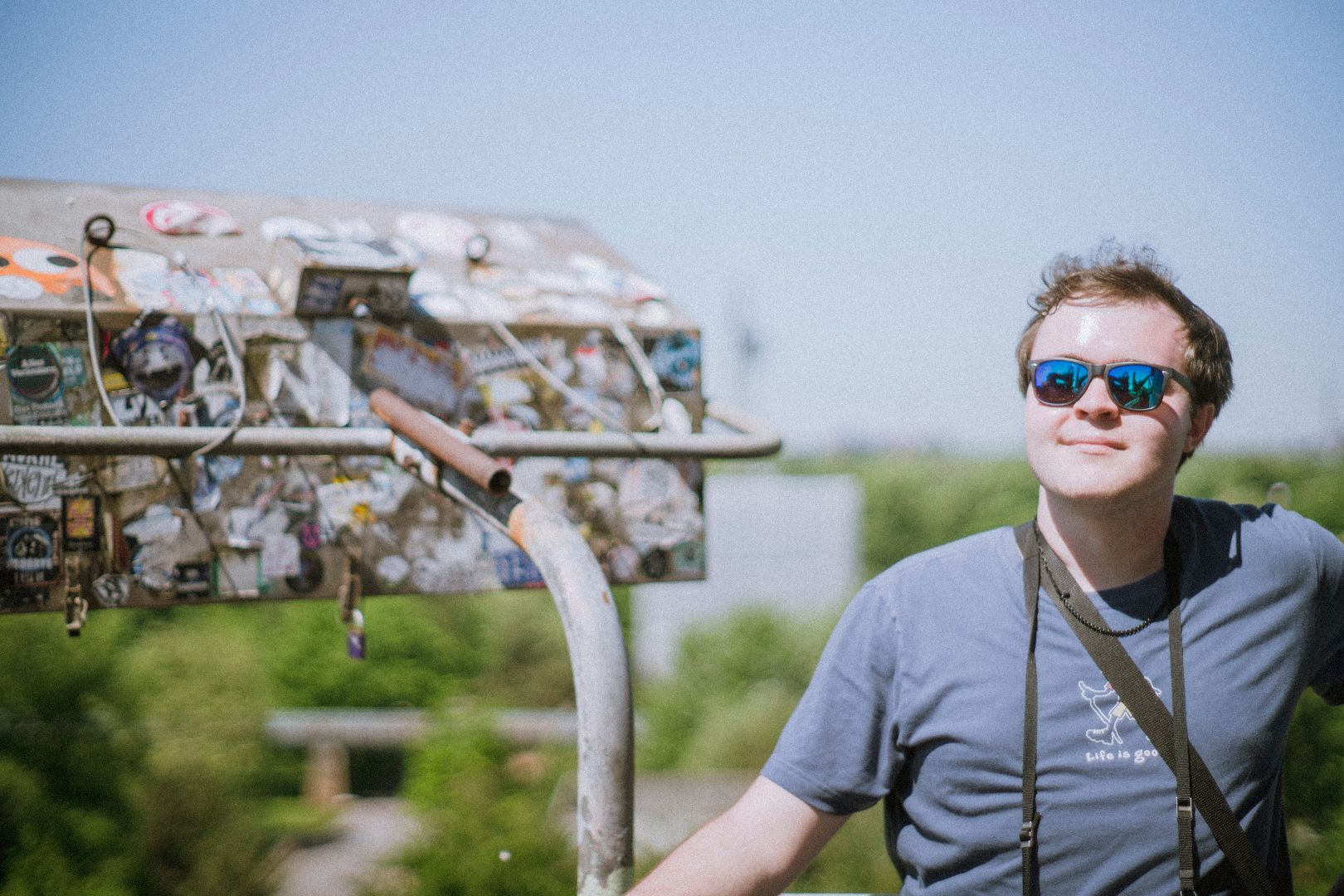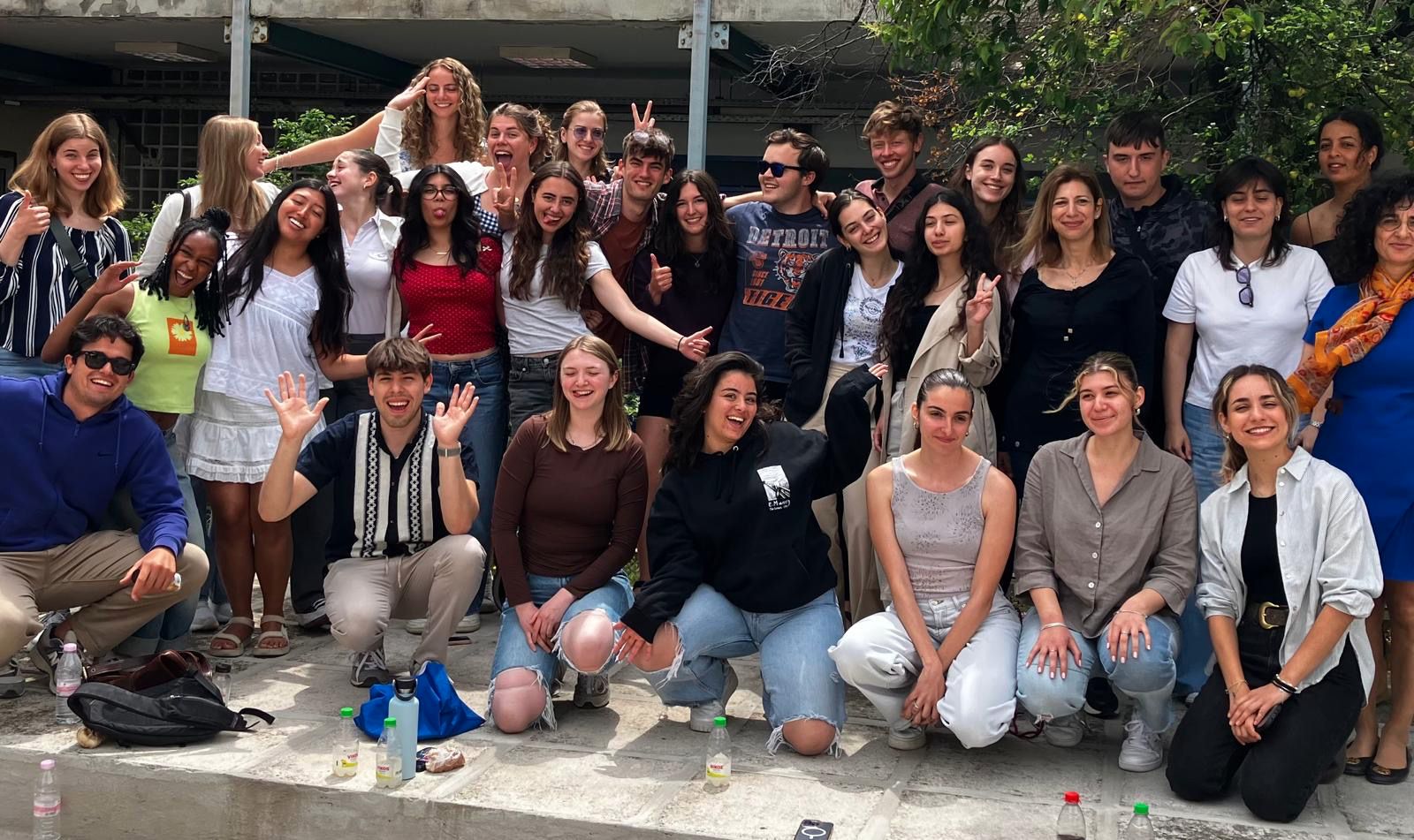
Our program began in Dortmund, Germany, where we explored how the city has adapted to post-industrial challenges through transit-oriented development, green infrastructure, and adaptive reuse of former coal and steel sites.
Next, we spent a week in the Netherlands, visiting Delft, Utrecht, and 
By the time we arrived in Thessaloniki, Greece, I had a new lens through which to view planning—one grounded in comparison and context. In Greece, I collaborated with students and faculty at Aristotle University of Thessaloniki on a land use planning project focused on revitalizing a neighborhood of the city. The city itself became a living classroom: the hum of scooters cutting through ancient alleys, the contrast of historic ruins alongside postwar development made every day memorable, and navigating daily life as a non-Greek speaker added an extra layer of challenge and growth to the experience. The experience challenged me to
While in Greece, we also traveled to the historic cities of Veria and Vergina, where I saw how cultural heritage shapes not only identity but also land use and development. Visiting the Royal Tombs in Vergina, which houses Philip II of Macedon, was a powerful moment, connecting the past directly to the present-day landscape planners must consider.
This program transformed how I see planning, that is, as a practice that must be culturally aware, flexible, and rooted in place. I felt a deep appreciation for Greece’s history, people, and urban fabric. I’m especially grateful to the Mehas Family for supporting this journey. Their generosity allowed me to fully participate in this life-changing program, and I return to MSU with broader knowledge, sharper skills, and a renewed commitment to thoughtful, inclusive planning.
Name: Cole Maxson
Status: Graduate Student
Major: Urban and Regional Planning
Hometown: Traverse City, Michigan
Program: European Planning and Practice in Germany, Greece, and the Netherlands